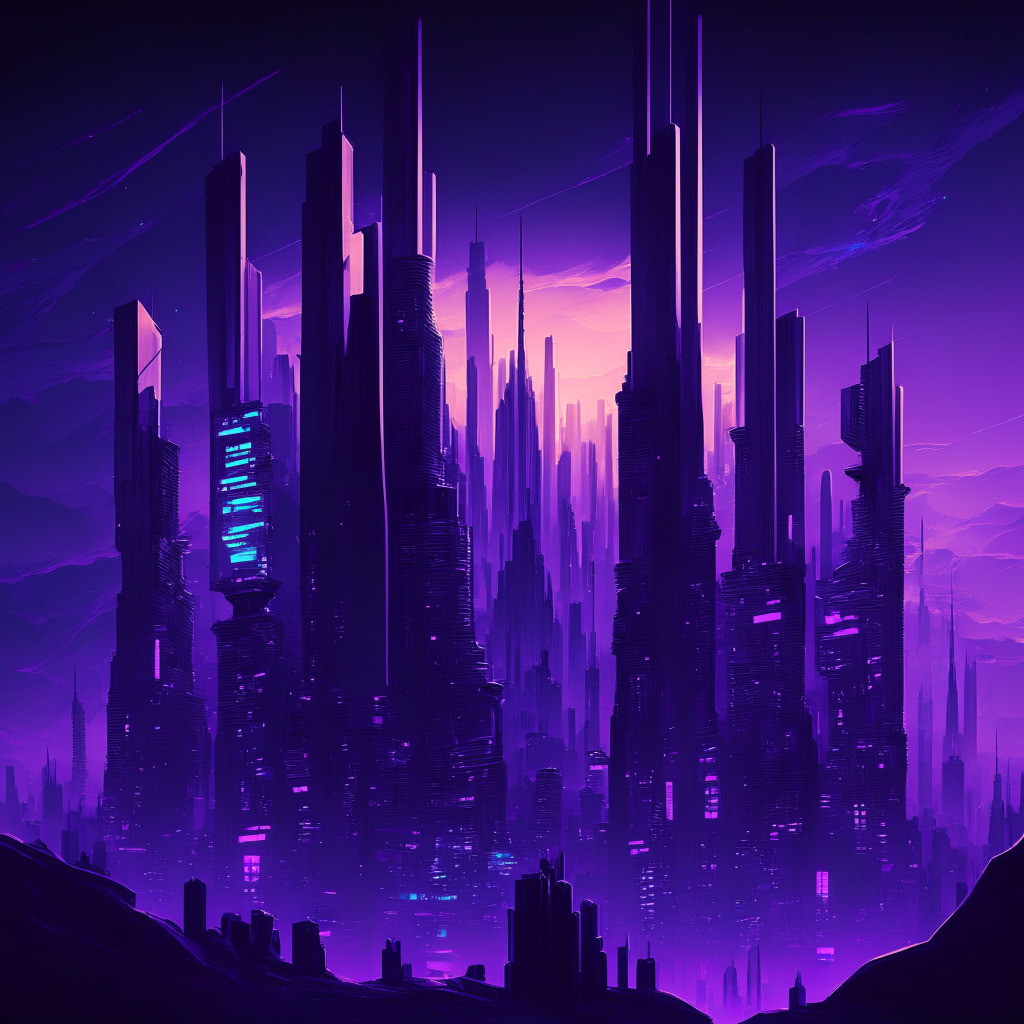The rise of Virtual YouTubers, or VTubers, has taken the online content creation world by storm. These computer-generated avatars, popular in Japan and other Asian nations, are gradually catching on worldwide. But what sets them apart from traditional YouTube content creators? And what does it take to become one?
VTubers use motion capture technology to create and animate their avatars, giving them the ability to interact with their audience in real-time with a personalized virtual presence. This offers a unique appeal, as the anonymity provided by the avatars allows VTubers to express themselves more freely. In contrast, traditional YouTube content creators present their content without the use of an avatar, typically appearing as themselves.
To become a successful VTuber, one must invest in necessary equipment and software, such as a computer, webcam, microphone, motion capture software, and animation software. It’s also essential that VTubers create a distinctive identity and produce interesting content for their viewers. This differs somewhat from traditional YouTube content creators, who may not need motion capture or animation tools but still work hard to develop their unique brand and audience appeal.
The popularity of VTubers shines a light on the growing importance of digital interactions and the influence of online personalities. As technology advances, we can expect more innovative ways for individuals to express themselves and connect through electronic means.
However, the journey to becoming a VTuber isn’t without its challenges. In addition to investing in the required equipment and software, aspiring VTubers will need to develop a concept for their virtual avatar, create 3D models using software such as Blender, adjust facial expressions, add animation, and more. Those willing to put in the time and effort to create high-quality content for their audience may find success in this growing industry.
As the demand for unique and diverse content increases, both VTubers and traditional YouTube content creators play essential roles in engaging online audiences. While the use of virtual avatars sets VTubers apart, both types of creators are driven by a passion for producing content and connecting with their audience. Ultimately, the choice between becoming a VTuber or a traditional content creator is up to individual preference, creative vision, and technical skillset.
In conclusion, the rise of VTubers represents a fascinating shift in the world of online content creation. Even though this new form of digital interaction has its unique benefits and challenges compared to traditional YouTube content creation, the growing popularity of VTubers signifies the continuously evolving landscape of personal expression and global connectivity. As the borders between the physical and digital worlds continue to blur, one can’t help but wonder what innovative techniques await on the horizon of this ever-changing realm of virtual expression.
Source: Cointelegraph




